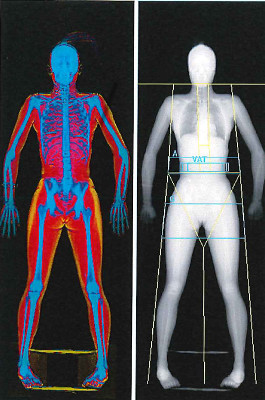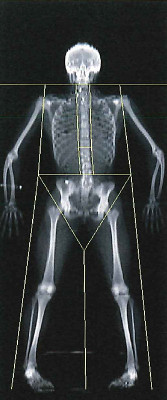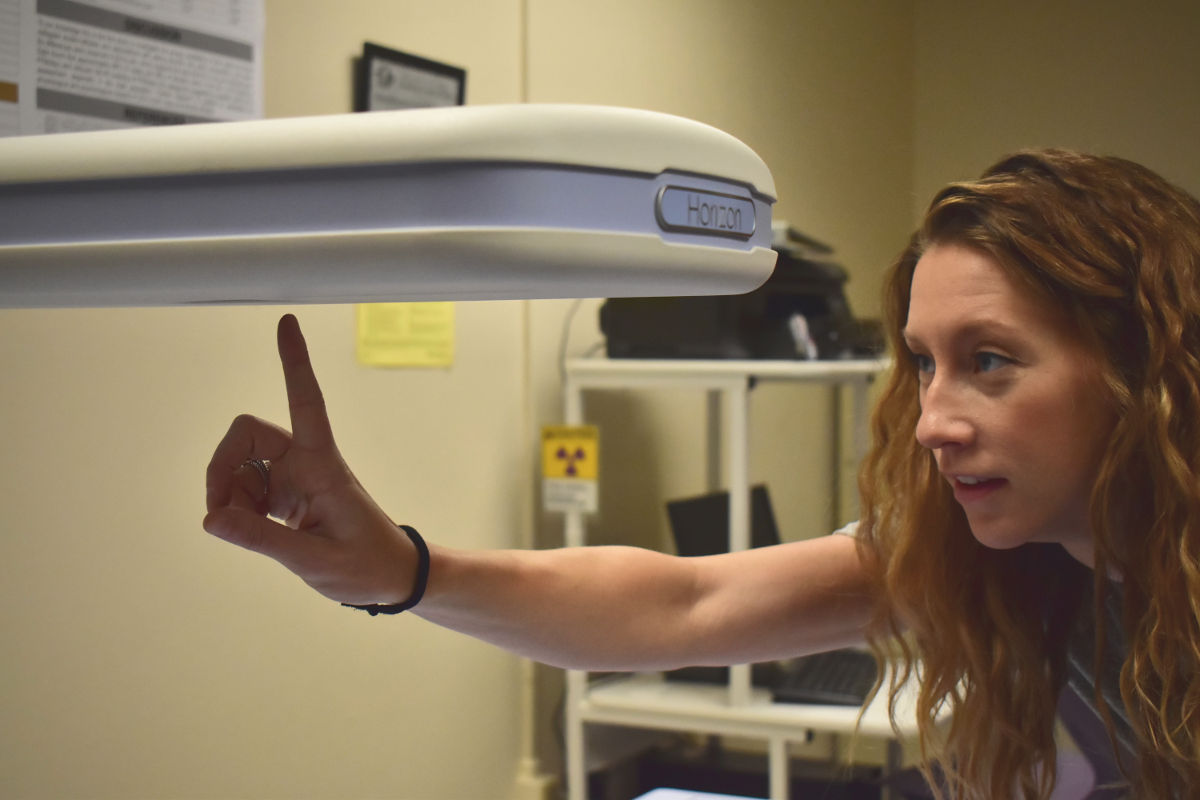The Image of an Athlete
College of Education, Health and Human Sciences undergraduate explores body image and energy intake in young athletes
Joelle Stephens has always been fascinated by the human body. So much so, the 21-year-old Moscow native decided to dedicate her life to studying it and hopes to become a registered nurse after graduating from the University of Idaho this spring.
Stephens, a senior majoring in exercise, sport and health sciences, said her chosen career path was further validated through her current research, which focuses on body composition, energy intake and body image in adolescent aesthetic athletes, such as dancers and gymnasts whose performances involve an artistic aspect.
In spring 2016, Ann Brown, an assistant professor in the College of Education, Health and Human Sciences’ Department of Movement Sciences, began working with Stephens and encouraged her to apply for a summer 2017 research grant.
Brown suggested Stephens focus her study on young dancers and gymnasts because most research on these types of athletes centers on pre-existing problems, such as inadequate energy intake, low bone density and low self-esteem. Those problems can lead to osteoporosis and eating disorders, respectively. By looking at a group ranging from ages 5 to 15, they hoped to observe points at which these problems may begin to develop and offer pre-emptive solutions involving changes in diet and exercise.
"Our main goal is to find ways to help young athletes maintain a good overall healthy lifestyle while being super active." Joelle Stephens, exercise, sport and health sciences undergraduate
“We know quite a lot about aesthetic or weight-sensitive athletes once they’ve already developed problems, but I think identifying when those issues surface is more important,” Brown said. “All of these variables are interrelated.”
During the fall 2018 semester, Stephens and Brown had a cohort of 31 participants — 18 gymnasts and 13 dancers — whose average age was 10 years old.
During a 30-minute session in the Human Performance Lab, the young athletes were asked to answer 11 questions in relation to body image and self-esteem, providing an overview of what they thought about themselves and what they believed others thought.
Participants also provided their past medical history and their food intake for the past 24 hours. They even completed a dual-energy X-ray absorptiometry scan, which looked at bone density and lean muscle mass — a person’s total weight minus any fat.
“Our main goal is to find ways to help young athletes maintain a good, overall healthy lifestyle while being super active,” Stephens said. “Their bodies are still growing and their bones are still developing — what they eat now is important for when they get older. This is also the time where they can feel pressure to look a certain way for their activity or sport.”
So far, Stephens said the data shows most of the group suffers from low calcium intake, but has high self-esteem and body image perception, with 90 percent saying they are happy with how they look. A few of the athletes are at risk for low bone density for their developmental stage.
“It’s interesting because every parent is protective of their child and it’s a different dynamic than just having a college student come into the lab versus a 7-year-old and their parent,” Brown said. “The way you explain things is much different and Joelle was great at working with them.”
Eventually, they’d like to investigate whether the dancers differ in any way from the gymnasts. Stephens is set to report her findings in April 2019.
“It’s important to just be happy with the way your body looks and to try to maintain as happy and healthy of a lifestyle as you can,” Stephens said. “Even though our study was directed toward aesthetic athletes, many other people can be influenced by a variety of factors, so just trying to help identify areas where we can improve people’s overall lifestyle is beneficial.”
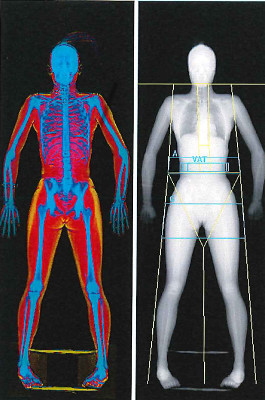
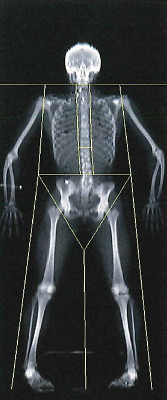
Room for In-Class Research
A former dancer, Ann Brown, an assistant professor in the University of Idaho Department of Movement Sciences, has transformed her love of athletics into a career of scientific research.
Throughout spring 2019, Brown has taught an elective course, Metabolism in Exercise and Sport, centered on how metabolic processes change based on what people eat and how those nutrients are broken down while exercising. The class research project was funded by an Office of Undergraduate Research Curriculum Development Grant.
In the course, students developed their own hypotheses, recruited participants and collected data to better understand resting metabolism in a fasted-versus-fed state. They also looked at the relationship between a person’s metabolism and amount of lean muscle mass.
“I really wanted to increase the exposure students had to research within the classroom,” said Brown, who is in the College of Education, Health and Human Sciences. “This was a way to continue research important to my own scholarship, but that also gets undergraduates interested in research. It seemed like the perfect fit.”
Although Brown also taught the course in spring 2018, the 2019 version was the first time she was able to integrate the research component so heavily.
Because of the grant funding, Brown will conduct the research project for three consecutive spring semesters, allowing her to collect a more robust data set. After three semesters of the course, she hopes to have at least 120 participants who have taken part.
“I hope we find some interesting relationships between metabolism and body composition,” Brown said.
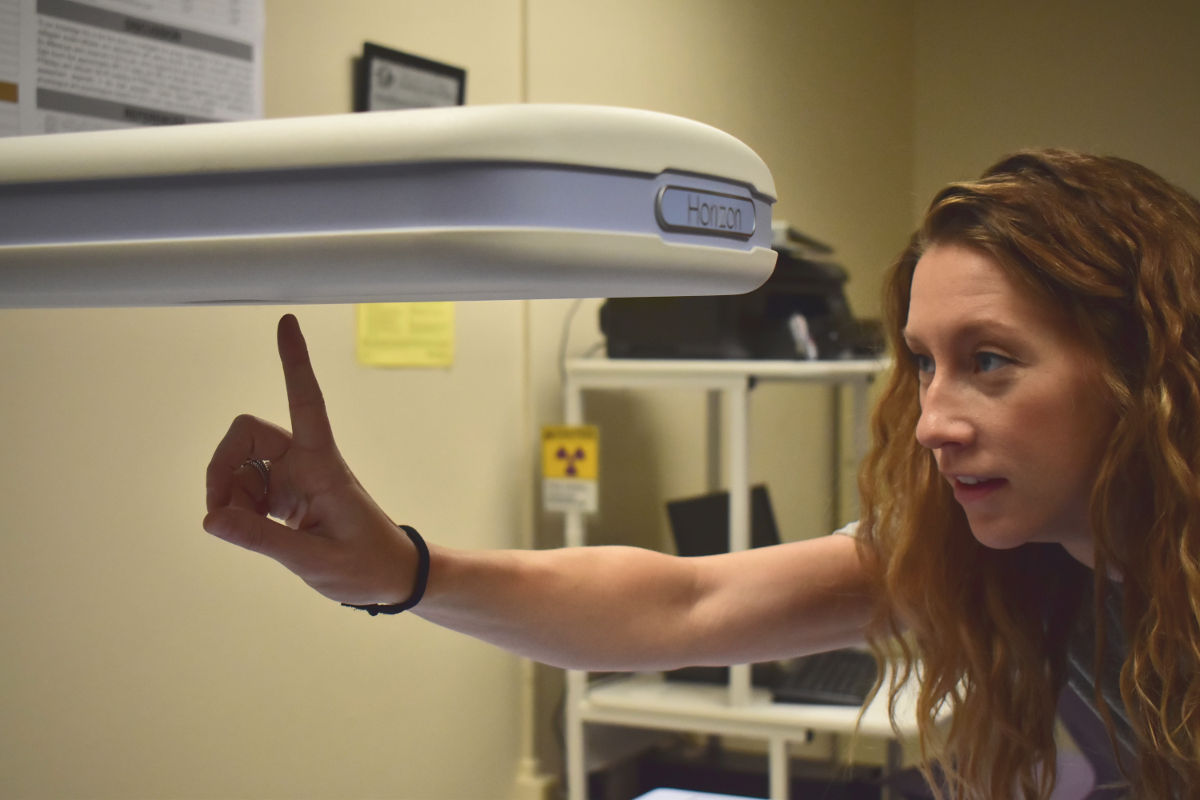
Joelle Stephens is an OUR Summer Undergraduate Research Fellowship award recipient.
Article and photos by Olivia Heersink, a senior from Fruitland who is majoring in journalism with a minor in justice studies.
Published in March 2019.







